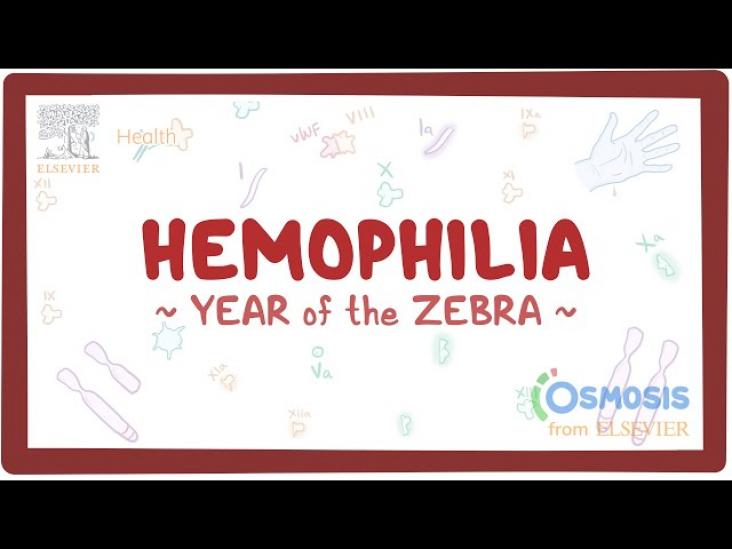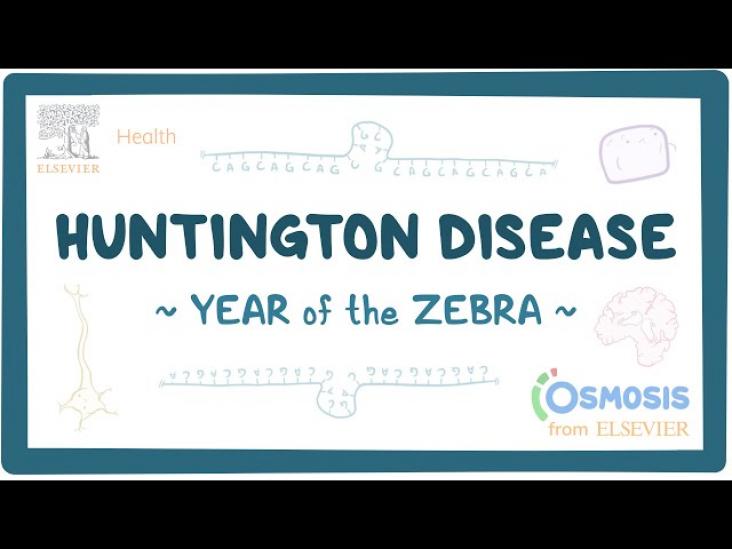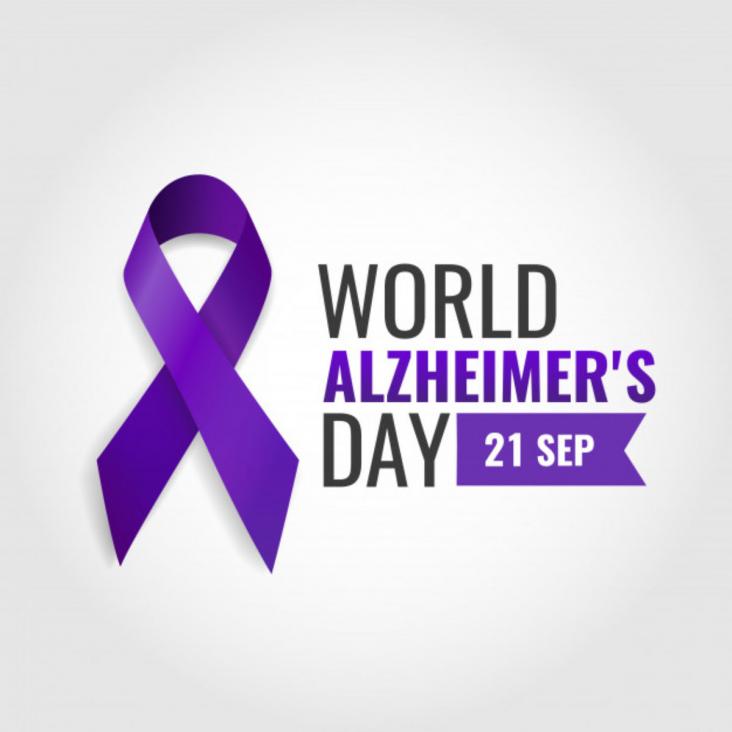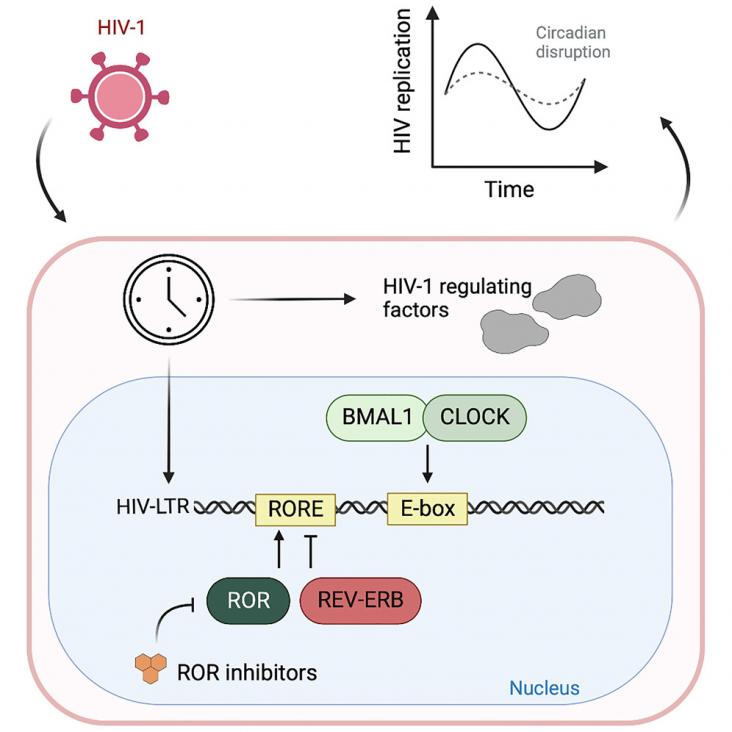
This paper looks at the role of the circadian clock and the regulation of HIV-1 replication.
This Viewpoint supports SDG 3 by discussing how HIV services and primary health care services can be integrated in order to improve HIV outcomes over standalone, siloed HIV care. The reports discusses existing models of integration and the various elements of successful integration.
Research on mitochondrial homeostasis is promising for the treatment of early AD.
This Article supports SDGs 3 and 13 by identifying gaps in air pollution monitoring and regulation and by proposing potential mitigation policies.
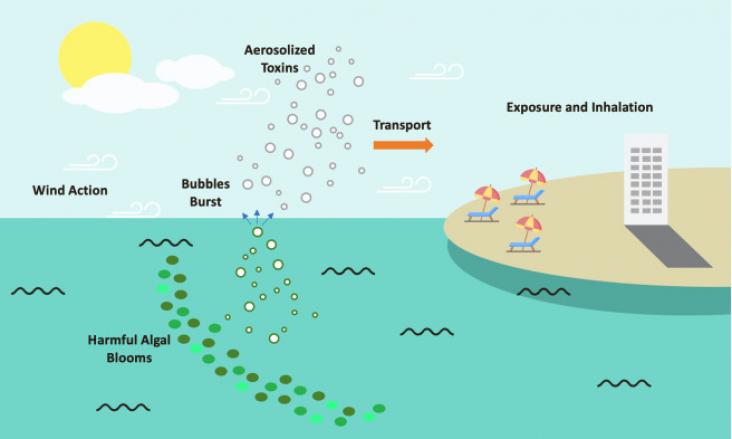
This Article supports SDGs 3 and 13 by identifying knowledge gaps in the relationship between harmul algal bloom aerosols and human health.
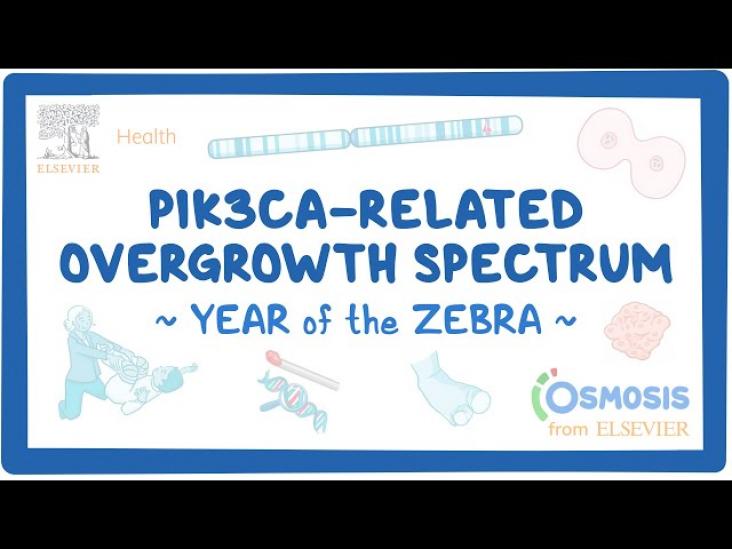
Rare Disease Education: PIK3CA-related Overgrowth Spectrum
Editor: Kelsey LaFayette, DNP, RN, FNP-C
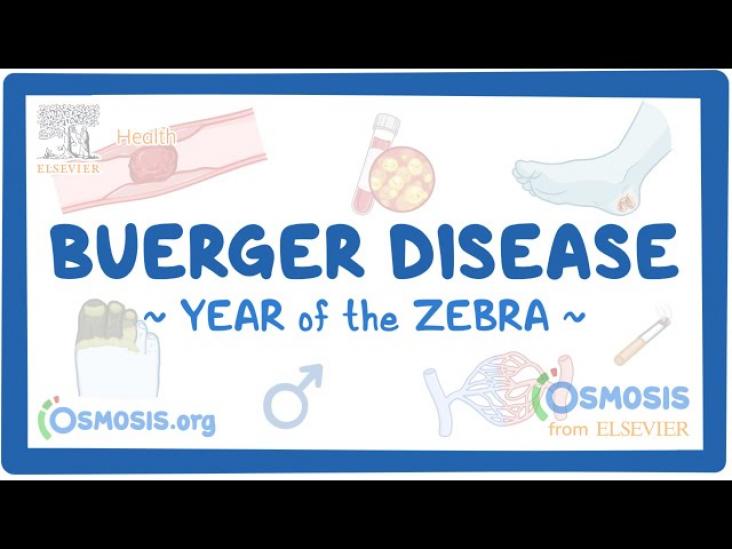
This article relates to SDG 3. This resource, created together by Osmosis and the National Organization for Rare Diseases (NORD), aims to increase the knowledge and awareness about Rare Disease Education: Buerger Disease
